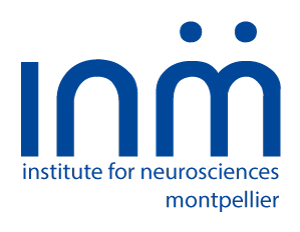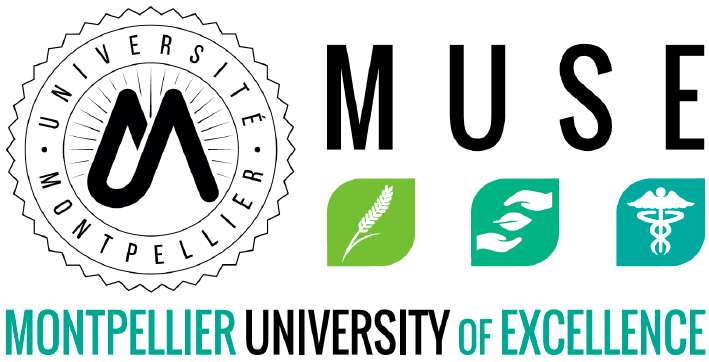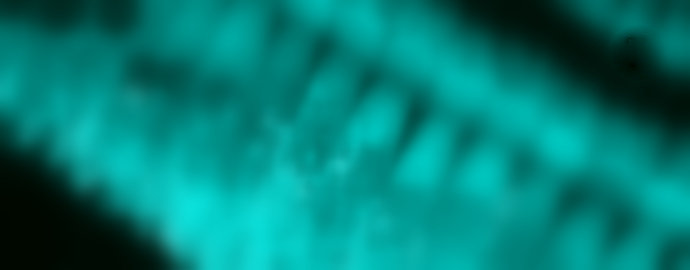Hearing
Our goal is to unravel the mechanisms of deafness and tinnitus to envision therapies. This requires i) the analysis of animals mutant that recapitulate human auditory deficits, ii) to decipher the sound encoding process and iii) to develop new diagnostic tools for auditory disorders screening.
The auditory sensory cells, the inner hair cells, transduce sound stimulation into neurotransmitter release onto the auditory nerve fibers, which convey sound-information to the brainstem through neural spike trains. Defects in the auditory cells transduction or in the auditory nerve fibers coding lead to auditory neuropathies.
Here, top view of the explant organ of Corti across different focal planes. Tectorial membrane is evident by its striated appearance in the upper most plane. Below, outer hair cells and inner hair cells are distinguished by their V- and U-shape hair bundles. In the lower most plane, afferent fibers connecting the inner hair cell soma are conspicuous.

Sensorineural hearing loss is a major health problem. It is primarily due to the degeneration of mechanosensory hair cells and spiral ganglion neurons in the cochlea resulting from extrinsic (e.g. ototoxic drugs, noise...) and/or intrinsic (e.g. aging, genetic) causative factors. Our goal is to decipher the pathophysiological mechanisms of hearing loss in order to develop therapeutical strategies
Auditory neuropathies. The Na+/K+-ATPase pump inhibitor, ouabain, selectively destroys the spiral ganglion (SG) neurons, leading to auditory neuropathy. Using this model, we demonstrate that 80% of auditory nerve fibers loss can coexist with normal hearing threshold and even leaving the compound action potential of the auditory nerve unaffected (Bourien et al. J Neurophysiol. 2014)

To achieve clinical transfer, we are building a project, called « Montpellier Audiocampus » to bring together ENT doctors, researchers, patients, industrials around an innovative clinical audiological platform within the hospital (1200 m2), in close collaboration with the reference center for sensory genetic diseases. Early diagnostic, deep phenotyping and hearing and balance screening will be done through innovative technologies (e.g., virtual reality, 3D immersion and tele-medicine). The Region Occitanie and Montpellier Metropole support this project.














